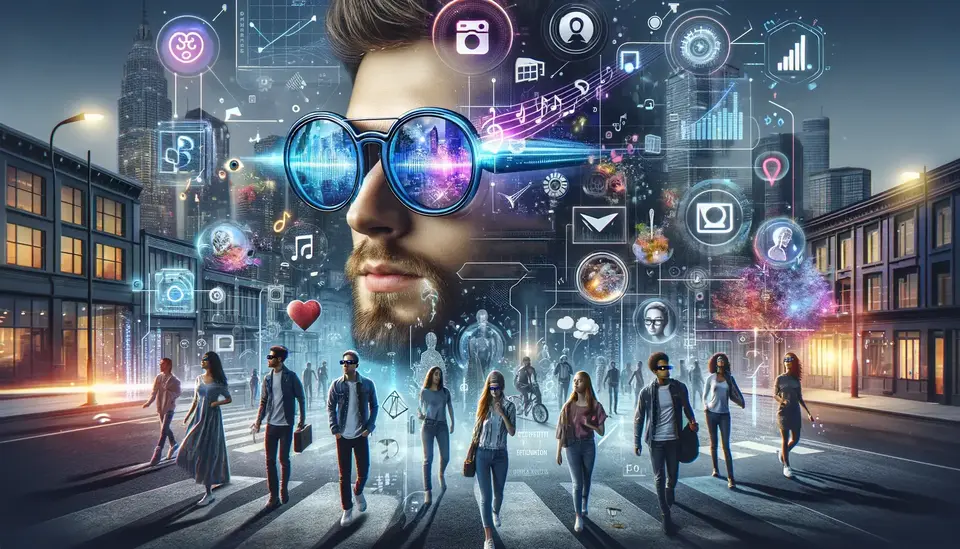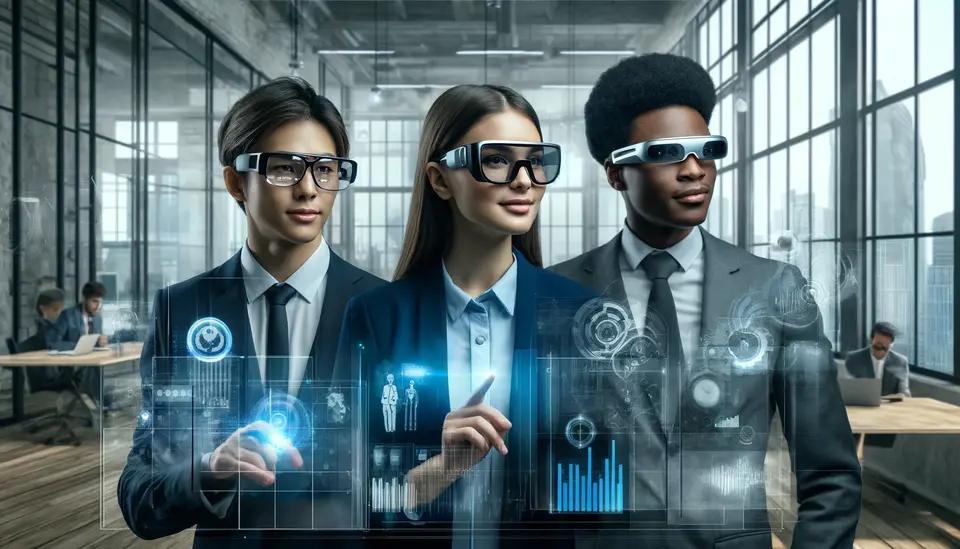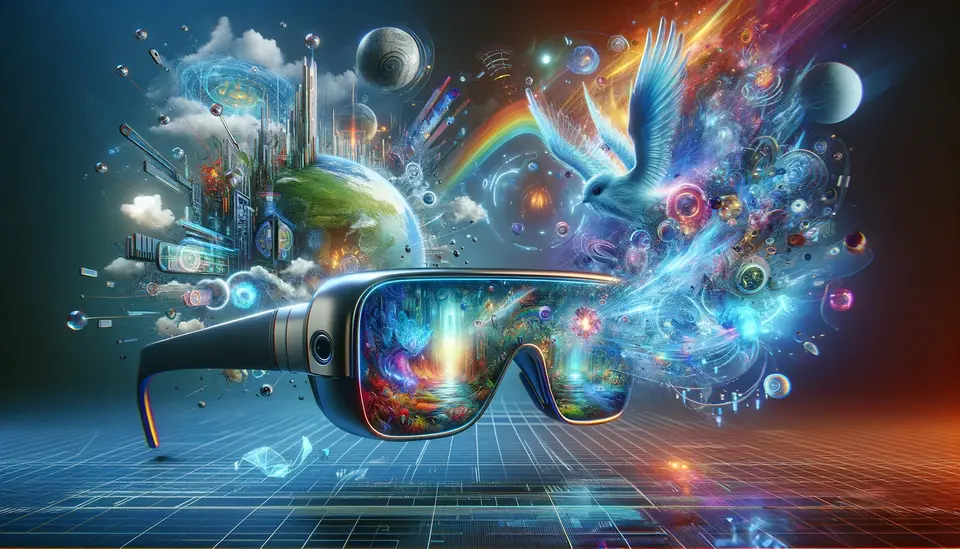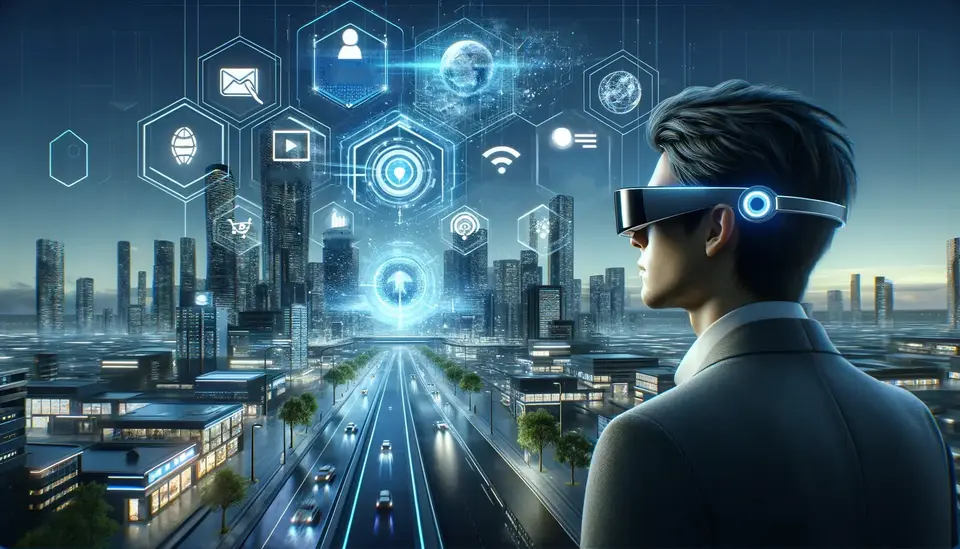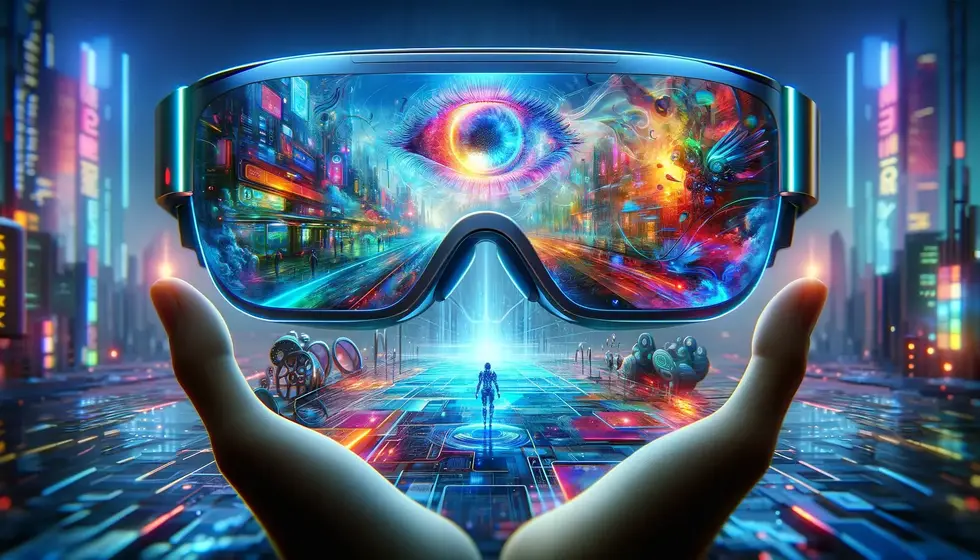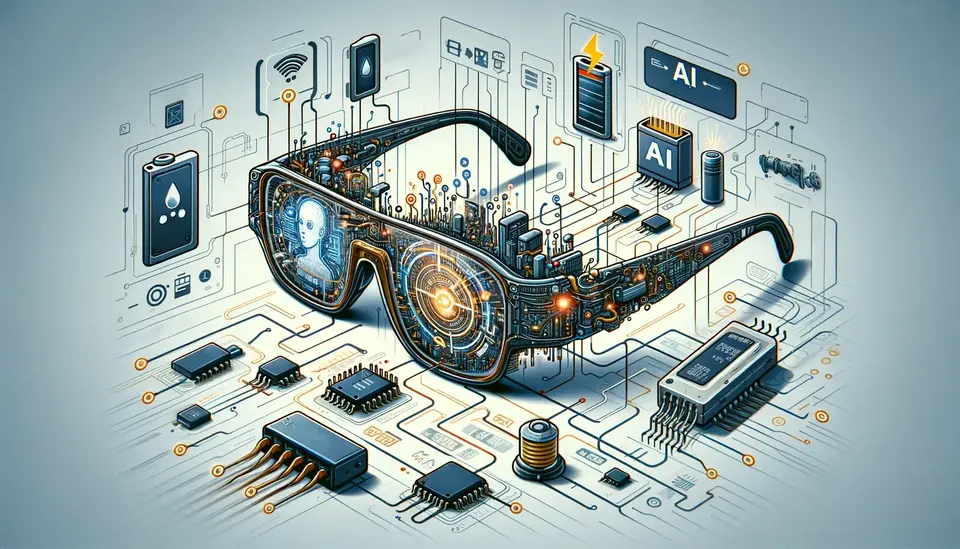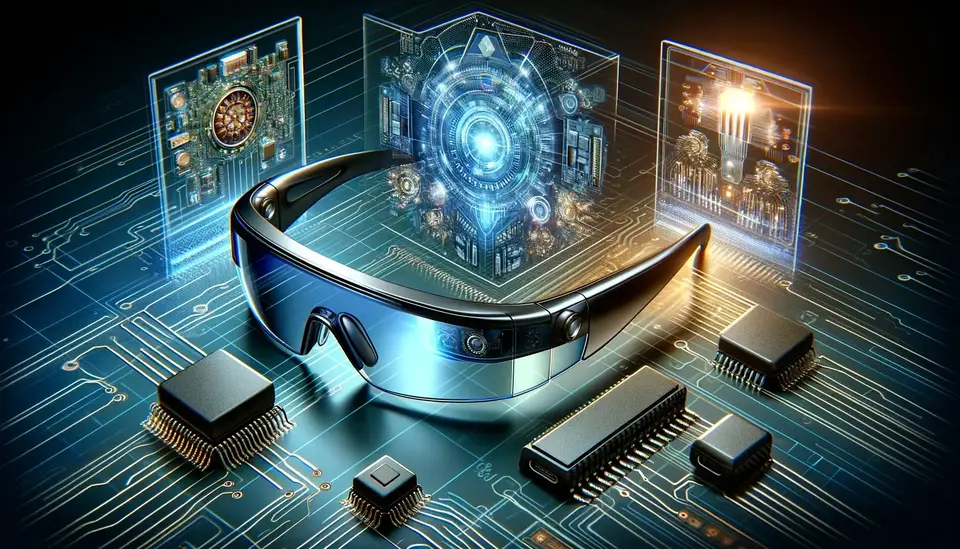The Potential Impacts of a Smart Glasses on Identity and Self-Expression
Posted on March 13, 2024 8 minutes 1548 words
Table of contents
Introduction
In a world where technology constantly reshapes our daily lives, smart glasses emerge as a beacon of the future, bridging the realms of augmented reality (AR), virtual reality (VR), and mixed reality. As the boundaries of these technologies blur, they pave the way for an exciting fusion of digital and physical experiences. This blog post delves into the fascinating intersection of smart glasses with two fundamental aspects of human experience: identity and self-expression.
At the heart of this exploration lies a question: How do smart glasses, as a cutting-edge personal technology, influence the way we perceive ourselves and express who we are? As tech enthusiasts and curious minds alike, our journey through this topic will not only inform but also ignite our imagination about the endless possibilities wearable technology holds for the future. From altering our social interactions to redefining personal style, smart glasses stand at the forefront of a revolution in how we present and perceive identity in an increasingly digital world.
The Concept of Smart Glasses
Smart glasses, a term that often sparks images of futuristic eyewear, represent a significant leap in wearable technology. At their core, these devices are eyeglasses equipped with advanced computing capabilities, often integrating features of augmented reality to overlay digital information onto the physical world. This technology is not just a figment of science fiction; it’s a reality being refined by leading tech companies and innovative startups.
The essence of smart glasses lies in their ability to seamlessly blend digital information with our natural environment. Imagine looking at a building and instantly seeing historical facts or real-time data about the weather, all through your eyewear. This is the kind of immersive experience smart glasses promise to deliver. Companies like Google, with their Google Glass, and other pioneers in AR and VR technology are constantly pushing the boundaries to make these glasses lighter, more efficient, and more integrated into our daily lives.
While the technology is still evolving, recent advancements have made smart glasses more accessible and user-friendly. The future they hint at is one where our interaction with the digital world becomes as intuitive and natural as our interaction with the physical one. As we stand on the brink of this technological revolution, smart glasses are not just a gadget; they’re a portal to a new way of experiencing reality, offering a glimpse into how augmented reality can become a part of our everyday life.
Impact on Identity
The advent of smart glasses introduces a transformative perspective on identity. In a world where these devices become commonplace, the line between our digital and physical selves becomes increasingly blurred. This convergence has profound implications for how we perceive and construct our identities.
Smart glasses, through augmented reality, allow users to overlay digital content onto their physical environment. This capability could lead to a redefinition of personal identity. For instance, imagine attending a social event where your smart glasses display information about the people around you, based on their social media profiles or personal blogs. This digital layer adds a new dimension to how we perceive others and how we choose to present ourselves.
Moreover, the constant access to information and connectivity that smart glasses offer might lead to a more informed, but also more monitored, sense of self. As our digital footprints become more visible in real-time, the distinction between who we are online and in real life could diminish. This raises interesting questions about authenticity and the facets of identity we choose to share or conceal.
The potential of smart glasses to record and share experiences also presents new dynamics in identity formation. For instance, the ability to livestream one’s point of view could create a culture of shared experiences, influencing how individuals construct their identity in relation to their community and the wider world.
However, this integration of digital and physical personas isn’t without challenges. Privacy concerns and the ethics of data usage are critical considerations as we navigate this new territory. As smart glasses become more integrated into our lives, we must critically assess how they shape our identities and the societal norms surrounding privacy and personal expression.
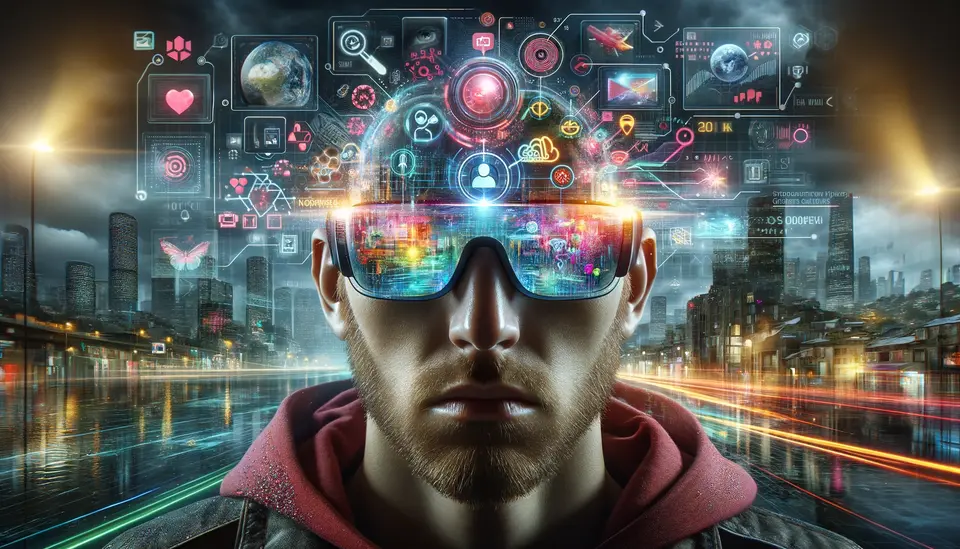
New Avenues for Self-Expression
Smart glasses are poised to revolutionize self-expression, offering innovative ways to communicate and present oneself to the world. This new frontier in wearable technology merges fashion with functionality, allowing individuals to make a statement not only about their style but also about their interaction with technology.
- Personalized Augmented Reality: One of the most exciting aspects of smart glasses is the ability to create personalized AR experiences. Users can select and display digital overlays that reflect their interests, mood, or personality. For example, an artist might choose to see the world through a filter that adds vibrant colors or whimsical elements to their surroundings, effectively sharing their artistic vision with others.
- Fashion Meets Technology: As smart glasses evolve, so does their design, transitioning from bulky prototypes to sleek, fashionable accessories. This evolution opens up possibilities for tech-savvy fashion enthusiasts to incorporate these gadgets into their personal style. Designers might even collaborate with tech companies to create customizable frames, allowing users to match their glasses with their outfit, much like traditional eyewear.
- Digital Interaction: Smart glasses can change how we interact in social settings. They could, for instance, display conversation prompts based on shared interests, detected through social media algorithms. This feature could act as a social lubricant, making interactions more engaging and personalized.
- Content Creation and Sharing: These devices also offer new ways to create and share content. Wearers can capture and share their perspective of the world in real-time, offering an authentic and personal vantage point. This could give rise to new forms of storytelling and documentation, where the line between creator and audience blurs.
In essence, smart glasses hold the potential to become an extension of our personalities, reflecting our interests, style, and way of seeing the world. They stand at the intersection of personal expression and technological innovation, redefining the boundaries of how we express our identity.
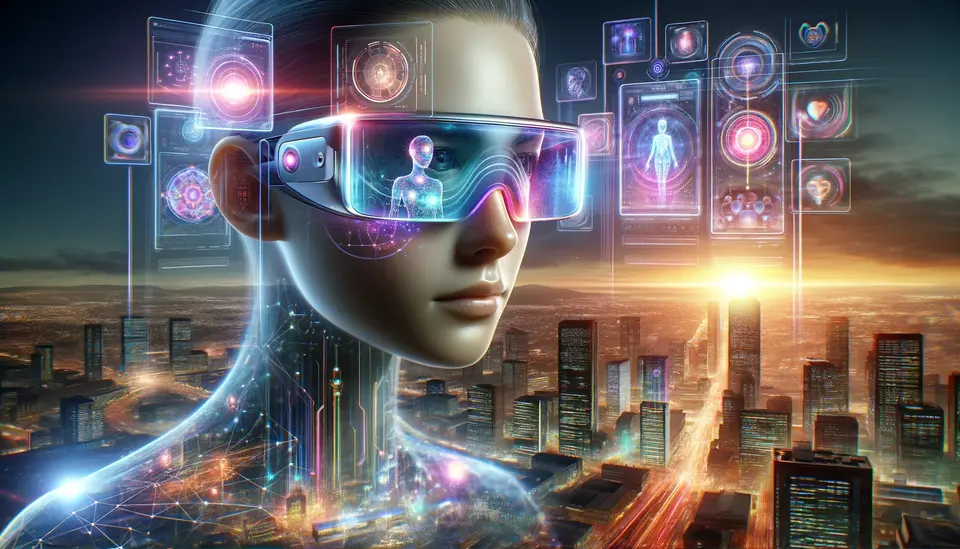
Social and Privacy Considerations
While smart glasses open new horizons in personal expression and identity, they also bring forth significant social and privacy considerations. The integration of these devices into our daily lives raises questions about the boundaries of personal space, data security, and the ethical use of technology.
- Impact on Social Interactions: Smart glasses have the potential to transform how we interact with each other. The ability to access information about people and places in real-time could alter the dynamics of social interactions. For instance, if a device displays personal information about someone you’re meeting for the first time, it could influence your perception and behavior towards them. This immediacy of information can be both a tool for enhanced understanding and a catalyst for privacy infringements.
- Privacy Concerns: One of the most pressing concerns with smart glasses is privacy. The capability of these devices to record and share visual and audio information poses significant challenges. There’s a delicate balance between the wearer’s right to capture their experiences and the privacy rights of those around them. Regulations and ethical guidelines will be crucial in addressing these concerns, ensuring that the use of smart glasses respects individual privacy and consent.
- Data Security: As with any device connected to the internet, smart glasses are vulnerable to data breaches and hacking. The personal and potentially sensitive information they collect and display must be safeguarded with robust security measures. Users need to be aware of the data they are sharing and the potential risks involved.
- Cultural and Ethical Implications: The widespread adoption of smart glasses will also have cultural and ethical implications. Different societies may have varying attitudes towards surveillance and data privacy. It’s important for manufacturers and policymakers to consider these differences and engage in a dialogue about the responsible use of such technology.
In conclusion, while smart glasses present exciting opportunities for enhancing our social lives and self-expression, they also necessitate a careful consideration of their social and privacy impacts. Balancing innovation with ethical responsibility will be key in navigating the future of this technology.
Conclusion
As we’ve explored in this post, smart glasses represent a significant step forward in the realm of wearable technology, blending the digital and physical worlds in ways previously only imagined. These devices offer exciting new possibilities for how we perceive our identity and express ourselves, promising to reshape our social interactions and personal experiences.
From augmenting our reality with personalized overlays to becoming a fashionable tech accessory, smart glasses hold the potential to become deeply integrated into our daily lives. They challenge us to rethink the boundaries between our digital and physical selves, offering new mediums for creativity and communication. However, this innovation does not come without its challenges. Concerns around privacy, data security, and the impact on social interactions remind us of the need for careful consideration and responsible use of this technology.
As we stand at the cusp of this technological revolution, it’s clear that smart glasses are more than just a gadget—they are a window into the future of personal technology. They invite us to envision a world where our digital and physical realities are seamlessly intertwined, offering both opportunities and challenges in how we navigate identity and self-expression.

